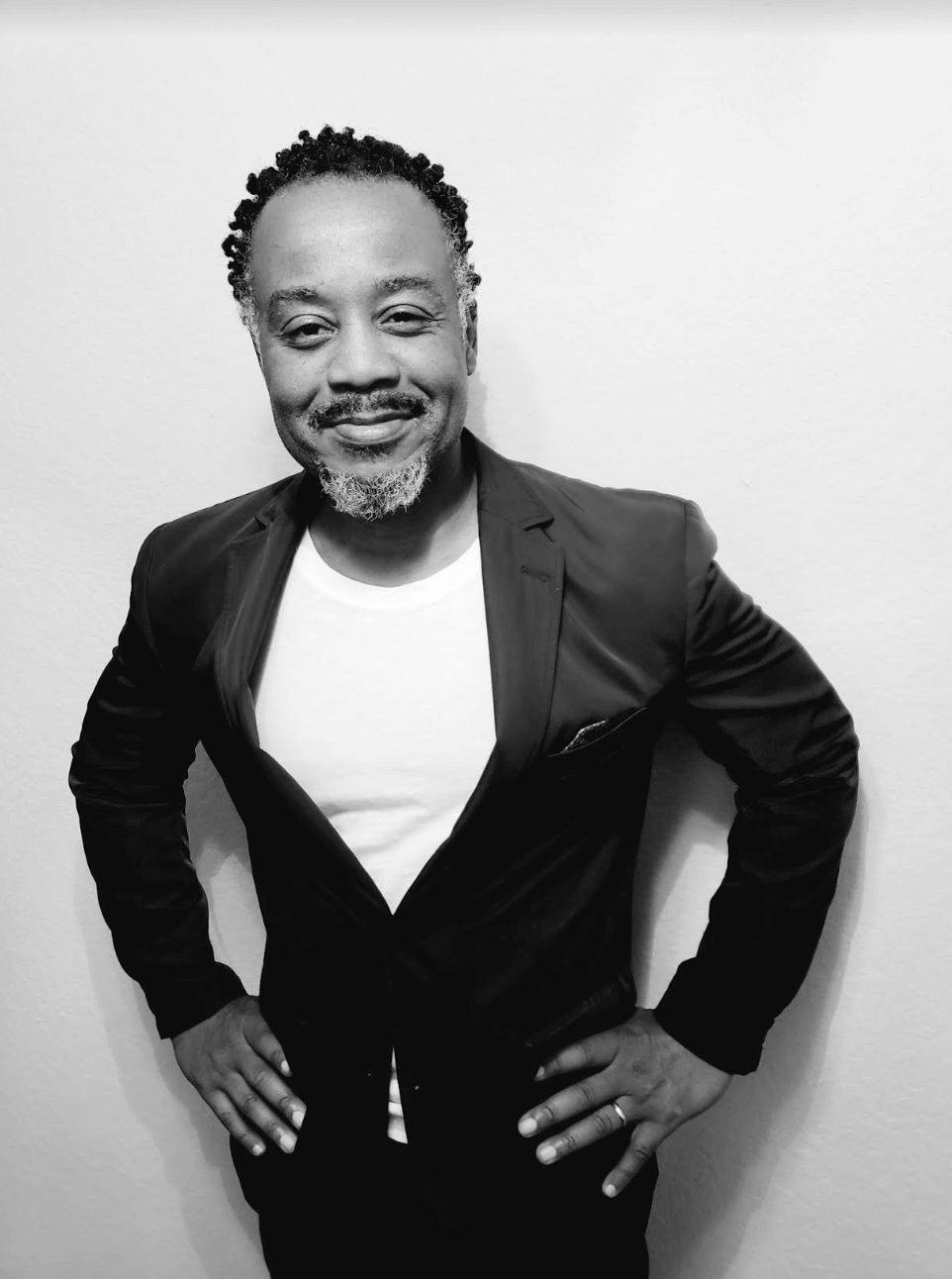 By Dan Gephart, July 12, 2022
By Dan Gephart, July 12, 2022
As Federal agencies work to implement the President’s Executive Orders on diversity and inclusion, navigate requirements to offer relevant training, and seek to hire chief diversity officers, I can’t help but think of one person in particular: Dr. J. Bruce Stewart.
Stewart was responsible for coordinating implementation of President Barack Obama’s Executive Order on Diversity and Inclusion. At that time, Stewart was “Deputy Director, Training Compliance and Strategic Initiatives, Office of Diversity and Inclusion” at the Office of Personnel Management. His impact there was as deep as his title was long. It included several groundbreaking initiatives and the first-ever government-wide diversity and inclusion strategic plan, which came with a 47-page guidance document.
But I remember most Stewart’s role as the chief architect of The New IQ – a tool for measuring inclusion. The New IQ stands for the New Inclusion Quotient. It consists of the answers to 20 specific questions, identified through a rigorous factor analysis trial, on OPM’s Federal Employee Viewpoint Survey.
I asked Stewart how he would assess the current Federal workplace’s New IQ.
“I think it’s getting much better,” he said. “The New IQ is built upon the concept that individual behaviors, repeated over time, form the habits that create essential building blocks of an inclusive environment. These behaviors can be learned, practiced, and developed into habits of inclusiveness and subsequently improve the inclusive intelligence of organizational members. Basically, the New IQ argues that a type of intelligence called ‘inclusive intelligence’ is the real differentiating factor that distinguished good teams from great ones. And, in a general sense, inclusive intelligence is a person’s ability to bring out the best in other team or group members. Conversely, the Old IQ or individual intelligence measures how smart you are as an individual. The New IQ emphasizes how smart you make your team.”
Although it’s not the focus, the New IQ is covered in Stewart’s book – The Click Code: Why Some Teams Click and Others Don’t, which is getting its fair share of praise. He will also present a session on “The Power of an Inclusive Mentality” during FELTG’s Federal Workplace 2022: Accountability, Challenges, and Trends August 29 – September 1. ACT is an annual FELTG event offering short, engaging, and guidance-filled training sessions focused on helping you manage the employment challenges that are new, complicated, and critical to you and your agency’s success.
Stewart arrived at OPM after serving 23 years in the Air Force. He retired as Lt. Colonel. His last assignment was as the Air National Guard’s Director of Cultural Diversity Transformation. Here is some of our recent conversation:
DG: In The Click Code, you discuss psychological safety. Can you define that term and tell me why it’s important for 1) team success and 2) agency efforts to improve DEIA?
BS: Sure. Psychological safety is the ability of a person to feel safe in speaking up at work or in the community, especially if that person has a different perspective or viewpoint. Do they feel free from retaliation or retribution if they speak up with a dissenting opinion? Why the concept of psychological safety is so important for team and DEIA success is because the ability of people to honestly share their viewpoints or beliefs without fear is a concept that fuels both team and DEIA success.
DG: Everyone seems to have different definitions of diversity and/or inclusion. How do you define the terms?
BS: Diversity is simply variations within groups. In other words, you can only be diverse in relation to someone or some other group. Inclusion is the perception that a person feels a sense of belonging and is valued for their unique strengths. People feel included when they feel welcome and believe their voice is being heard. This definition is based upon what is known as Brewer’s Optimal Distinctiveness Theory, which argues that human beings have core needs — the need to belong and the need to be valued as an individual.
DG: When pursuing DEIA, how does an agency get buy-in from reluctant staff, especially when anything related to diversity is being challenged as “PC culture,” “wokeism,” and “CRT?”
BS: Well, the first thing is not to call anyone a racist, bigot, or imply they are not very bright. Instead, different strands of research have shown that people are influenced to think differently and change their behaviors by repeated conversations with people already within their social circles. Most people change their belief systems and behaviors not by what someone says on television or on social media, but instead are strongly influenced by the social identity group they are a part of. Anything taken to an extreme, including DEIA, can become problematic and non-productive. Everything is relative, but from my perspective the most urgent challenge to our democracy, according to the Director of the FBI, is the growing influence of white nationalists advocating a white supremacist ideology.
DG: Per Executive Order, agencies are hiring Chief Diversity and Inclusion Officers. If you could give the individuals who hold this title only one piece of advice, what would that be?
BS: That fundamentally your primary focus should be to understand the science of change by applying insights from network science to find the right mix of social capital. In tomorrow’s world, the deciding factor won’t be the color of one’s skin but the diversity of their connections within a network of relationships.
Hear more from Stewart during his session “The Power of an Inclusive Mentality” on Wednesday, August 31 from 10:30 – 11:45 am ET. Register now for this and other sessions of FELTG’s Federal Workplace 2022: Accountability, Challenges, and Trends. Early bird pricing, daily and full event All Access discounts are available. [email protected]

